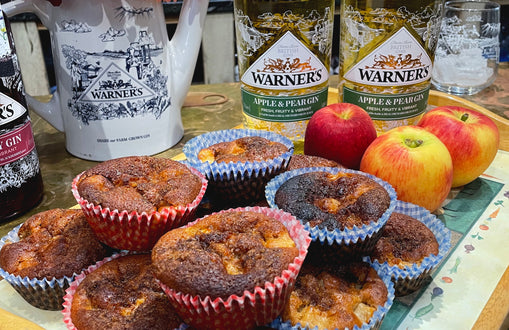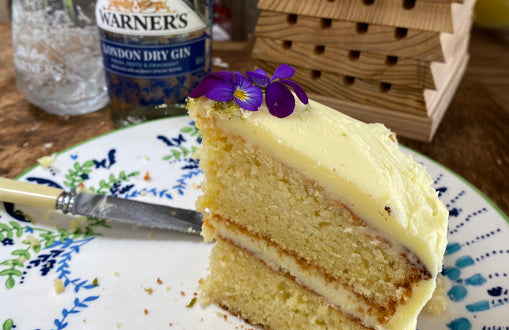How and where to install your bee hotel
How and where to install your bee hotel
Bees are an essential part of eco-system and the environment around us. They pollinate a large percentage of our fruit and vegetables, including many of the botanicals we use to create our delicious gins! Our Conservation and Sustainability Manager, Jonny, helped to design these bee hotels as part of our award-winning sustainability campaign, creating an interactive observation hotel allowing you to watch these charismatic bees nesting and developing their brood at close quarters.
Join us in our efforts to give back to nature and to support our epic little pollinators by providing a home for solitary bees in your garden.
Installation and uptake:
- Position 1-3 m above the ground
- Make sure the bee hotel is sheltered from the wind and placed in a sunny spot
- Check that the bee hotel is secure and will not rock
- Ensure forage such as flowers and trees are available locally (i.e near gardens, parks, woodland)
Masonry bees will take up residence in the hotels between April-May whilst Leafcutter bees will be June-July.
If your bee hotel is occupied, you can bring it into a shed/garage over winter to protect the developing bees from getting too damp and stopping water or predators such as woodpeckers getting in. N.B. Sheds can get warm through the summer months, so if you’re bringing your hotel in before the autumn, ensure it’s stored in a cool place.
Put your hotel back into its usual position in early spring (March) and the bees will emerge and your hotel will be re-colonised the following year.
Did you know – solitary bees do not sting like wasps or honeybees? Solitary bees are not aggressive, their sting is small and very weak and unlikely to penetrate human skin, making them the ideal guest to invite into your gardens and allotments.




